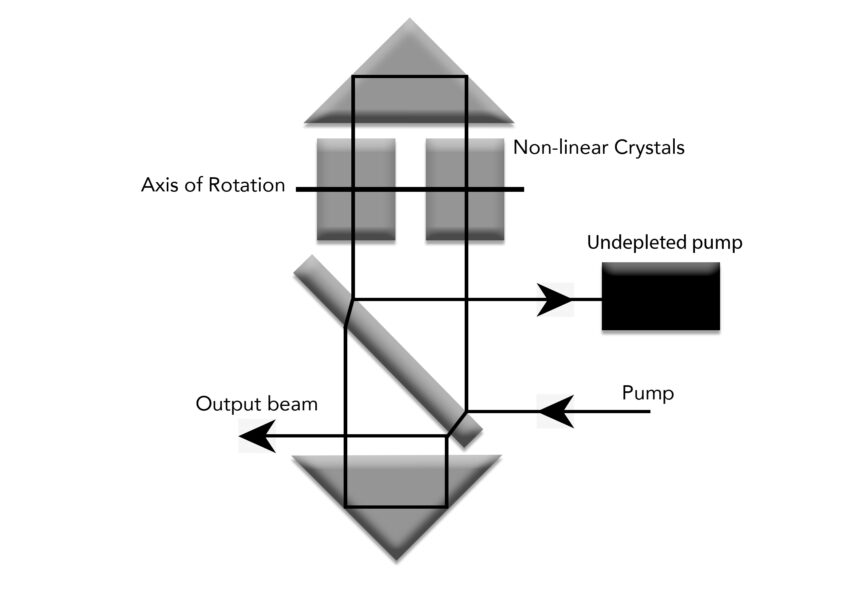For cutting-edge products that require pulse-based tunable lasers, the OPO has developed into a plug-and-play device that can be easily integrated into larger systems.
Cutting-edge commercial products often originate within the academic research community. In creating new products, academic researchers typically design and build using various component parts. When possible, off-the-shelf components are integrated into the final product. The more advanced the application, the more complex and unique component parts are likely to be.
Pulse-based tunable lasers are a good example. These lasers must be flexible enough to produce wavelengths across a broad spectrum from visible light to deep UV, in high intensity bursts measured in nanoseconds. Pulse-based tunable lasers can transmit information over fiber, desorb ions and generate heat that is converted to ultrasonic waves, or excite electrons. Their flexibility enables lasers to play a critical role in time-resolved physical chemistry, mass spectrometry, photoacoustic imaging, spectroscopy, spectrophotometry, diagnostics, and hyperspectral imaging.
Among the most flexible and inexpensive pulse-based lasers are Optical Parametric Oscillators (OPO) lasers that can be “tuned” to a wide spectrum of specific wavelengths.
Thanks to more than 35 years of development, OPO lasers are a commercial reality. Today’s OPOs are now fully integrated, off-the-shelf devices that can be readily installed and controlled in an OEM’s system.
“Off-the-shelf OPOs are designed specifically for those who don’t know much about optics or how to tune a laser,” says Dr. Mark Little, Technical and Scientific Marketing Consultant for Carlsbad, CA-based OPOTEK LLC, a global manufacturer of tunable lasers.
Now the pump laser is in the same housing as the OPO optical assembly, securing it in a manner that neither can move. Automation now controls all system elements, such as the pump laser harmonics, crystal rotation for optics adjustment, waveform separation optics, and attenuators. Product developers can also incorporate the software functionality features of the OPO into their own software using software development kits.
Size matters with tunable OPO lasers. If an OPO is oversized, instrument integration will be more difficult, and the overall final product footprint large. OPOTEK offers one of the smallest tunable lasers commercially available, the ‘shoebox’ sized Opolette 2940.
For more information, call 760-929-0770 or visit www.opotek.com.

